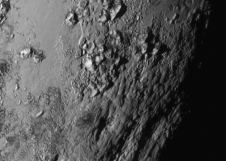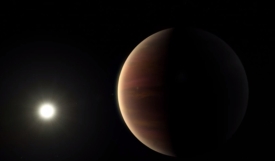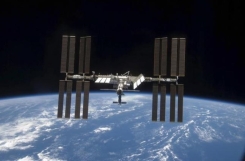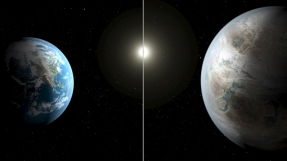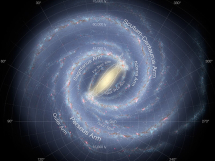Imagine a massive explosive eruption on the sun, causing apocalyptic events such as planes crashing in an instant, trains being derailed, communication lines being cut, power shutting off, and cellphones and other gadgets being rendered useless.
These images may only seen in apocalyptic films, but a new report released by the United Kingdom's Department of Business Innovation and Skills said the Earth can indeed experience a massive solar storm, with mankind having only 12 hours to prepare for such a potentially disastrous event.
The document, entitled "Space Weather Preparedness Strategy," detailed what the Earth can face in case of a "severe space weather" triggered by increased solar activity.
"Solar activity can produce x-rays, high-energy particles and coronal mass ejections of plasma. Where such activity is directed towards Earth there is the potential to cause wide-ranging impacts. These include power loss, aviation disruption, communication loss, and disturbance to (or loss of) satellite systems," the UK agency said in its report.
The report stated that the "reasonable worst case scenario" caused by such a severe space weather will be a "coronal mass ejection" or explosive eruptions on the sun's surface.
The agency noted though that such ejection does not normally head towards Earth's direction.
Still, a coronal mass ejection hitting Earth could not be ruled out, the UK agency said. If this happens, people only have half a day to prepare for it, it warned.
"Those [ejections] that are [headed to Earth] typically take one to three days to reach us, and we can predict the arrival time to within about six hours. Predictions are currently less accurate due to degradation in the satellite capability available to forecasters," the report stated.
"Generally speaking, the faster the ejection, the greater the potential impacts. The Carrington event, for example, travelled to Earth in as little as 18 hours. It is therefore likely that our reasonable worst case scenario would only allow us 12 hours from observation to impact," it added.











